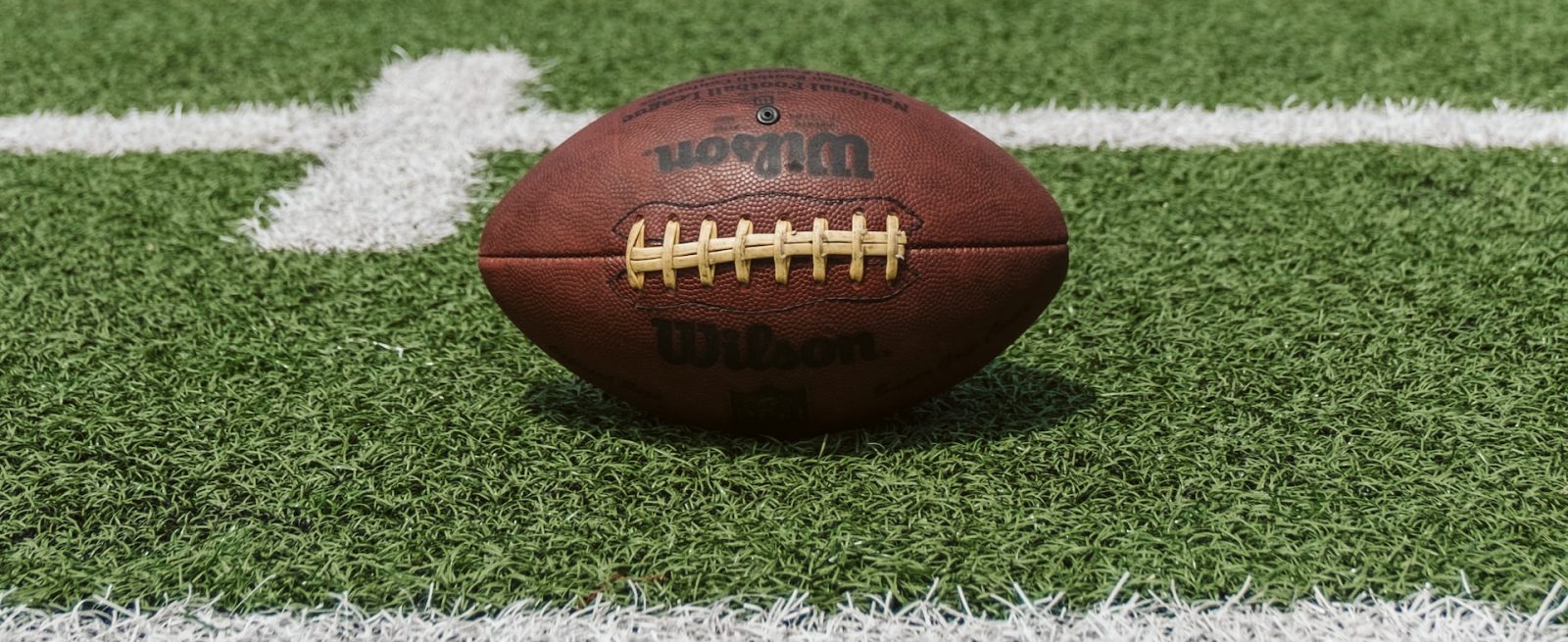Best Prep for Super Bowl Off-Premise Programs
3 Min Read By Mo Chaar
With the Super Bowl and March Madness coming up, restaurant owners should be preparing now in order to capitalize on the influx of online orders. The first step in this process should be analyzing the data from their point-of-sale system – labor costs, game days sales and more. From that data, restaurant owners can gather winning insights into how to create an optimized menu, develop a promotional strategy as well as to create back-of-house efficiencies during peak hours to be able to handle an increase in orders.
Use data to identify:
- High-traffic times during the Super Bowl and offer promotions or discounts during those times to increase sales.
- Popular menu items and promote them during the Super Bowl to drive sales.
- Customer demographics and tailor promotions or discounts to appeal to specific groups.
- Create a loyalty program that rewards customers for repeat visits during the Super Bowl. Thiscan be done by offering discounts or special promotions to customers who have visited the restaurant multiple times during the event.
- Partner with local businesses and offer discounts or promotions to customers who purchasefood or drink at the restaurant during the Super Bowl. This can help increase sales and attract new customers.
Improve Your Digital Presence
There are many channels a restaurant owner can leverage to attract customers around big game days. Between social media, loyalty programs, apps and email/text, restaurants have a built-in database of loyal customers. Restaurant owners should dig into the historical data from those channels to see what worked in previous years and what didn’t. Any email marketing program should offer data into who is engaging with emails and who isn’t, which should guide the strategy. Restaurant owners can create a compelling offer to engage those subscribers that haven’t ordered but fit the demographics for a game day customer. Social media campaigns should focus on game day promotions, crowdsourcing menu item ideas and offering an exclusive discount or item to followers.
Restaurants can leverage technology to maximize off-site revenue for events like the Super Bowl and March Madness in a few ways. One way is to use online ordering and delivery platforms to reach a larger customer base and make it easy for customers to order food for takeout or delivery during the events. Additionally, restaurants can use social media to promote special menu items or deals for the events and reach a wider audience. Another way is to leverage technology like mobile apps or online ordering platforms to make it easy for customers to place large orders for parties or events. Lastly, restaurants can use data analytics to track customer behavior and preferences to tailor their menu or promotions to maximize revenue during the events.
- Offer a "Touchdown Platter" special, featuring a variety of popular game-day foods such aswings, nachos, and sliders, and include a gift card for a future visit with the purchase.
- Host a "Big Game" viewing party at the restaurant, complete with food and drink specials, andgive a gift card to all guests in attendance.
- Create a "Super Bowl Squares" board, where customers can purchase squares for a chanceto win a gift card or other prize.
- Offer a "Touchdown Deal" where customers who purchase a gift card of a certain value duringthe week leading up to the Super Bowl will receive a bonus gift card of equal value.
- Partner with a local brewery or distillery and offer a gift card bundle that includes a gift card to the restaurant and a gift card or bottle from the partnering business.
Optimize Your Menu
Amid fluctuating food costs, now is the time for restaurant owners to address menu bloat. With more concise menus, customers can order faster and restaurants cut down on food costs. Additionally, shorter menus allow many restaurants to create a standout menu item or dish that customers come to recognize and associate with that brand.
The best way to analyze a menu’s winners and losers is to look at the data. A POS system offers restaurant owners the data they need to determine which menu items are their strongest and weakest sellers as well as the most profitable and most cost-prohibitive. Additionally, restaurant owners can also determine which items complicate operations and supply chains — or simply create food waste. Armed with this data, restaurant owners should evaluate these items based on margins, whether it’s removing a menu item or retooling it to be more profitable.


